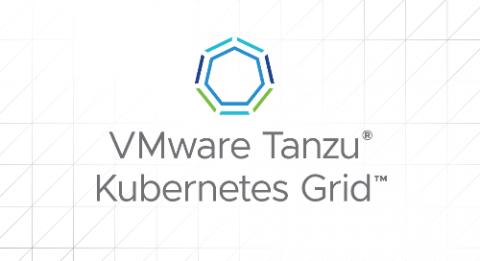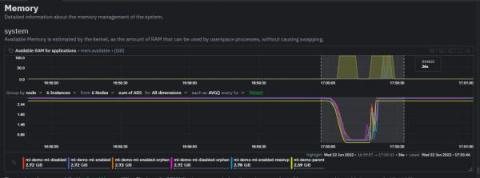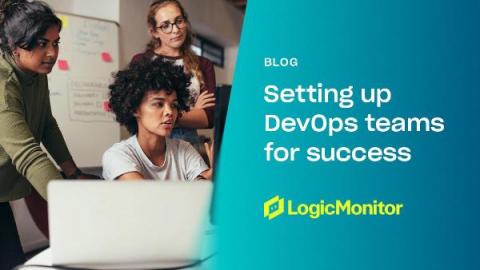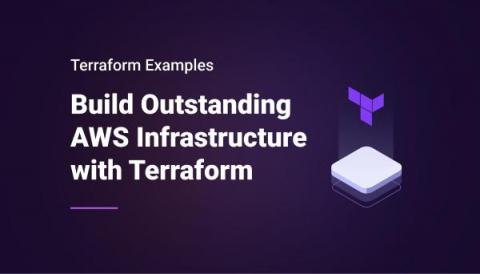Tanzu Kubernetes Grid in the Azure Hybrid-Cloud Data Center
Customers are demanding multi-cloud solutions to solve problems such as resource constraints, application mobility, and flexible architectures. VMware is positioning new products to meet this demand and provide a unified experience across infrastructures. In this latest look at the hybridized data center, VMware meets the customer where they are to demonstrate the efficacy of VMware Tanzu Kubernetes Grid in a public cloud deployment.











